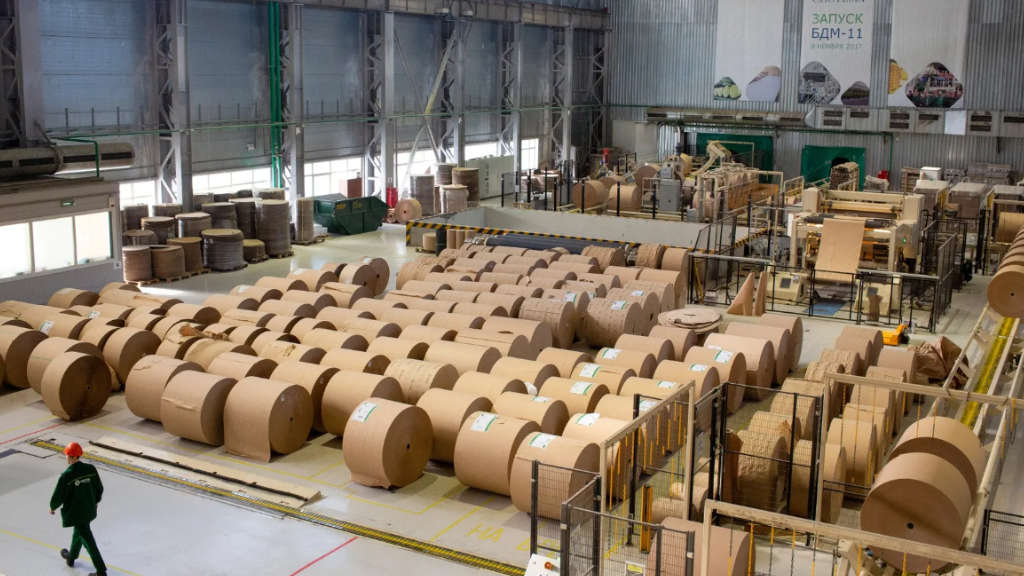In addition to the recent example of China’s Torklink Controls, who are investing over ₽100 million (US$1 million) into an assembly plant in Moscow, the Chinese automobile exporter Biulu (Chongqing Biulu Automotive Technology) has opened a consignment warehouse in Belarus for processing Chinese, European and other vehicles for subsequent deliveries to Russia and CIS countries.
The warehouse, covering 5,000 square meters and with a capacity of 400 vehicles per month, is located near Minsk and is managed by the Chinese invested Terminal A (Xinhua Automotive Rus LLC). This company was registered in Moscow in May 2024 with a capital of about ₽500 million (US$5.1 million).
The operator is responsible for all stages of vehicle distribution, from client interactions to customs clearance and delivery to both individual and corporate buyers.
Biulu CEO Maggie Li said that “The opening of a consignment warehouse for Russia is an important step in strengthening business ties between China and Russia. We aim to provide the Russian market with a wide selection of vehicles, fast delivery times and a stable and reliable payment system. Our Russian strategic partner, Terminal A, will handle vehicle sales to clients in Russia and CIS countries.”
According to Terminal A’s CEO Yuri Ten, the operator’s primary goal is to supply dealers with the necessary number of vehicles “on favourable terms, including through a preferential recycling fee rate. In effect, we are offering auto dealers the opportunity to sell cars on a commission basis without using their own operational funds.”
Sberbank is Terminal A’s partner in organizing the delivery of vehicles from Belarus. At the end of last year, Sber said that it was integrating its fintech and AI solutions into the company’s service. “Sber ensures transaction security through a letter of credit and assumes the obligation to pay the supplier only after confirming each stage of delivery – from production and transportation to customs clearance and vehicle handover. This minimizes financial risks for Russian clients of Terminal A and allows them to purchase more vehicles for stock or specific clients while optimizing costs.” the bank said in mid-November.
The investment is typical of the type of Foreign Direct Investment Russia is now attracting, as Chinese manufacturers begin to replace Western investors who exited the Russia market and left gaps to fill, not just in Russia but in the CIS and EAEU markets. The CIS as of 2025 includes Armenia, Azerbaijan, Belarus, Kazakhstan, Kyrgyzstan, Russia, Tajikistan, and Uzbekistan, with intra-regional trade up 2/3 since 2020. Russia has a population of 143 million, with the other CIS nations adding a further 104 million. The CIS operates as a loose trade bloc with member states having preferential tariff trade agreements between them. The CIS countries had a combined GDP growth rate of 4.7% in 2024.
The auto market in the CIS is projected to grow by 7.5% between 2025-2029, resulting in a market volume of over US$6 billion per annum in the next 5 years.
In addition to the CIS benefits, Belarus Industrial Parks such as Great Stone provide investment incentives, such as profits tax breaks, lower VAT rates, reduced operational overheads, and reductions in mandatory employee welfare benefits.
Further Reading
October 2024 Meeting of the Heads of State of the CIS: Report






